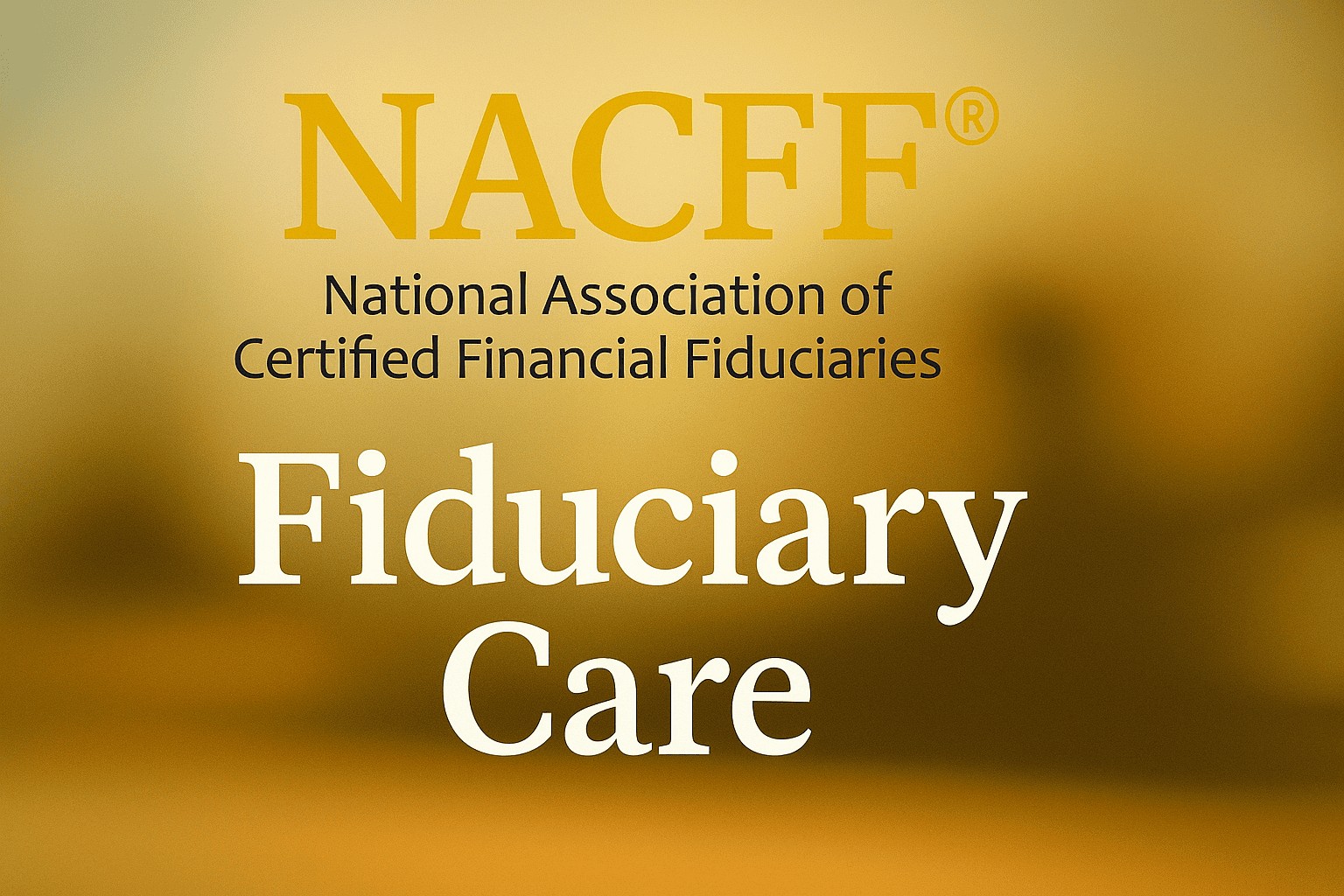For decades, the Thrift Savings Plan has been a workhorse for federal employees. It is low-cost and simple, which makes it a solid tool for building the foundation of a retirement portfolio. Yet the investment landscape has evolved, and today many federal employees find themselves with seven-figure balances and far more complex needs than the TSP is built to handle.
Unified Managed Accounts (UMAs) fill that gap. They provide broader diversification, advanced risk-management tools, and far more control over what you own and how you draw from it in retirement.
What Exactly Is a UMA?
A Unified Managed Account is a single account that brings together multiple investment strategies such as:
• Separately Managed Accounts (SMAs) holding individual stocks or bonds
• ESG or values-aligned strategies
• Diversified mutual funds or ETFs
• Alternative investments designed to smooth volatility
• Structured products and risk-buffering technologies
All of these “sleeves” sit inside one coordinated account, monitored and managed with a holistic plan that reflects your retirement income goals.
Historically, UMAs were reserved for the ultra-affluent. Only five years ago, most firms required $1 million or more to access this level of customization. Today, thanks to modern technology and Better Federal Retirement’s access to elite platforms such as Orion Portfolio Solutions, clients can take advantage of UMAs with as little as $250,000 in investable assets.
The doors have opened. Sophisticated planning is finally accessible to the people who deserve it.
Where the TSP Falls Short
The TSP offers:
• Five core index funds
• Lifecycle Funds that simply mix those same funds together
These funds are large, broad, and heavily correlated with each other during market downturns. Additional limitations include:
• No precious metals or commodities exposure
• No long/short equity strategies
• No derivatives designed for downside risk management
• No structured notes or buffered-risk solutions
• No private credit or private real estate
The TSP’s simplicity is both its strength and its constraint. Once you transition from saving to withdrawing, the lack of flexibility becomes especially noticeable.
SMAs: Precision That Mutual Funds Can’t Match
Separately Managed Accounts allow investors to hold individual securities directly rather than owning a slice of a mutual fund. Benefits include:
• Targeted diversification instead of excessive overlap
• Greater tax optimization including tax-loss harvesting
• Ability to avoid sectors or companies misaligned with personal values
• Enhanced transparency into every line-item you own
Mutual funds in TSP often hold thousands of stocks. That can dilute returns and create hidden concentrations in the largest companies.
Advanced Diversification: Alternatives Matter
True diversification means investing in assets that behave differently. UMAs allow thoughtful allocations to:
• Gold and other precious metals
• Managed futures
• Market-neutral or long/short strategies
• Structured notes that buffer against losses
• Select derivatives used to reduce risk
These tools can lower volatility, reduce correlation, and support more stable retirement withdrawals. None of this is available inside the TSP.
Retirement Income Engineering: Sleeve-Specific Withdrawals
UMAs allow money to be allocated into customized “withdrawal sleeves” that match your actual timeline. Examples:
• Near-term sleeve: stability and minimal volatility for the next 1–3 years of income
• Mid-term sleeve: moderate risk for spending 3–10 years out
• Long-term sleeve: growth to combat inflation beyond year 10
This structure creates a more predictable experience when the market gets choppy.
TSP withdrawals, in contrast, come out of one undifferentiated pool.
Tax-Smart Portfolios Built for Distribution
Tax planning becomes mission-critical when you leave government service. UMAs can optimize:
• Which assets you sell first
• When and how you recognize income
• Roth conversion timing
• Charitable gifting using appreciated securities
TSP offers limited tax flexibility, especially in retirement.
Quick Comparison
| Feature | TSP | UMA |
|---|---|---|
| Investment Menu | Very limited | Broad and customizable |
| Alternatives | No | Yes: gold, long/short, structured notes, etc. |
| Personal Values Integration | No | Direct control + ESG options |
| Risk-Managed Withdrawals | Minimal | Sleeve-based income design |
| Tax Optimization | Limited | Advanced tools available |
| Transparency | Low (pooled funds) | High (line-item detail) |
| Entry Requirements | Open to all | Now accessible at $250k+ |
The Bottom Line
The TSP remains a great foundation for building retirement savings.
A UMA is a more advanced solution for preserving, protecting, and strategically spending that wealth.
Federal employees have earned the right to a retirement strategy that is as sophisticated as the service they’ve given. Modern technology and access to premier investment platforms now make that possible with far lower entry requirements than ever before.
If you would like help evaluating whether a UMA is suitable for your retirement plan, Better Federal Retirement offers a personal, highly consultative approach that begins with a brief conversation to understand your goals and concerns. Your TSP got you here. A UMA might be what takes you the rest of the way.
Better Planning. Better Investing. Better Retirement.
If you’ve built significant wealth inside the TSP and wonder whether keeping it is still the best fit—or if it’s simply the most familiar—let’s explore that together.
Educational information only. Not investment, tax, or legal advice. Advisory services offered by Better Federal Retirement, a fiduciary and fee-only firm. All investing involves risk, including possible loss of principal.


